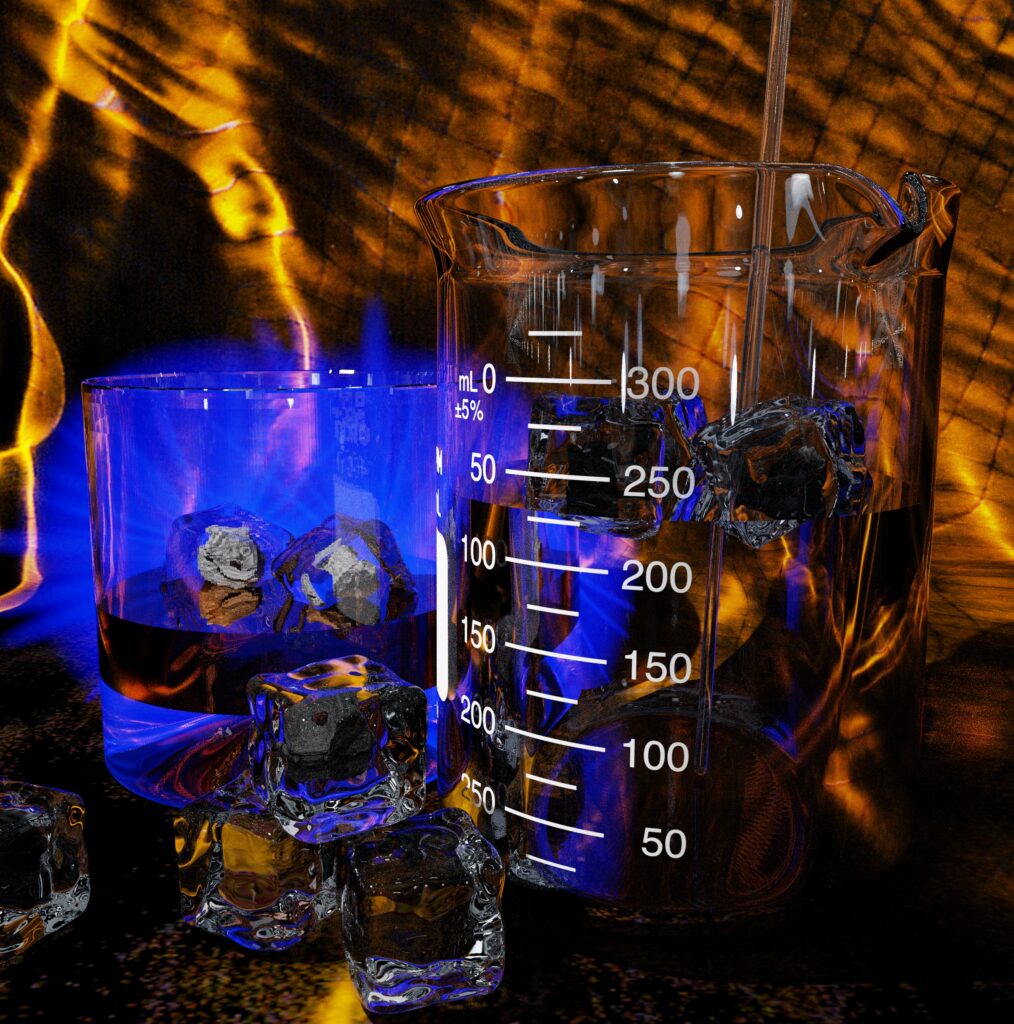Scientists propose using carbon dots in lung cancer screening
Scientists from the Czech Advanced Technology and Research Institute (CATRIN) and the Regional Centre of Advanced Technologies and Materials (RCPTM), in collaboration with colleagues from the City University of Hong Kong, have investigated the mechanism behind quenching the fluorescence of carbon dots during the water–ice phase transition. Based on the results, they subsequently proposed a method that has the potential to become a low-cost, non-invasive diagnostic tool for early-stage lung cancer screening.
“Fluorescence emitted from the molecular fluorophore present on the surface of carbon dots is quenched when liquid water enters a solid phase mainly because of a significant increase in the relative permittivity of the environment,” said the Ph.D. student in Physical Chemistry and one of the authors of the paper Lukáš Zdražil. However, such behaviour can be changed. “By adding low molecular alcohols such as methanol, ethanol or isopropanol, carbon dots show fluorescence even in a solid phase,” explained Zdražil.

Understanding this behaviour allows the use of carbon dots as a non-invasive switching sensor for the aforementioned phase transition and the presence of small concentrations of low-molecular alcohols in water. The latter of these applications is of interest for diagnosing early-stage lung cancer. “The presence of low-molecular alcohols in the exhaled breath is considered to be one of the markers of lung cancer. Therefore, we ended this study with a pilot experiment with the exhaled breath condensate. This does not contain any low-molecular alcohols in a healthy individual, and, thus, in our conception, behaves like ice that quenches the fluorescence of carbon dots. However, if we add a small amount of isopropanol to the exhaled breathe condensate, it will accumulate on the surface of carbon dots and the fluorescence will remain. The method thus provides a promising route to cheap and non-invasive diagnosis of lung cancer,” explains another author of the study Sergii Kalytchuk from RCPTM.
The results were published by the American Chemical Society journal ACS Nano in an article entitled Carbon dots detect water-to-ice phase transition and act as alcohol sensors via fluorescence turn-off/on mechanism.
https://pubs.acs.org/doi/abs/10.1021/acsnano.0c09781


